
An astonishing sight greets the tourist visiting Mumbai (formerly Bombay). Amongst all the grand Victorian buildings in the centre of town is a huge edifice visibly in the process of collapse. Large posters warn of its instability and yet incredibly it is still inhabited, not just by lawyers’ offices but also by families. One ventures inside at one’s peril to be greeted by an incredible scene of decrepitude and an array of electrical wiring of nightmarish danger.
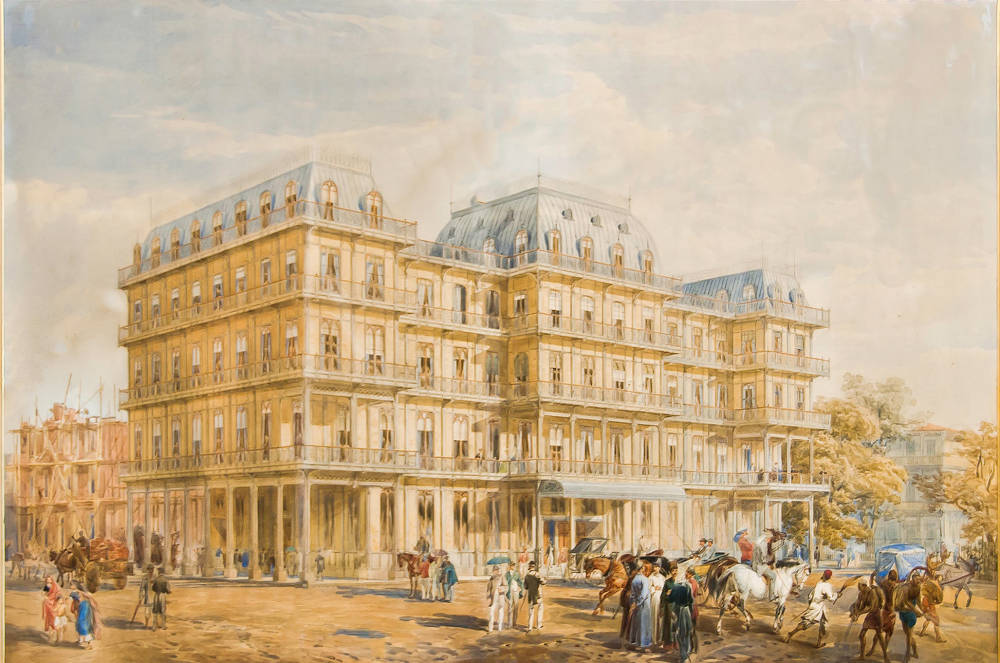
A watercolour of the John Watson Building as planned. Click here to see a photograph of the watercolor with its frame and extensive caption, which reads as follows: "this building was designed in London for the late John Watson Esq. of Gelt Hall, Castlecarrock, by Messrs. Ordish & Le Febre C.C. (who also made the plans for the roof of St. Pancras station, London.) The material[s] for this building were wholly English, the iron frame from Derby, the bricks & cement from the banks of the Thames, the tiles from Stafffordshire and finally the red stone plynth and column bases from Penryth, Cumberland, and was [sic] conveyed from England to India by sailing ships vis [the] Cape of Good Hope in the year 1864-5 and erected on the Esplanade in the town of Bombay under the superintendence of the late Mr. Thomas Thompson of Wetheral. The design and mode of construction proved quite a success. Its dimensions are 190 feet long, 80 feet wide, 175 feet high. J.P.W.” Note however that the mansard roof shown here was never added. [This image is here reproduced with the permission of the Castle Carrock (Cumbria) webmaster.]
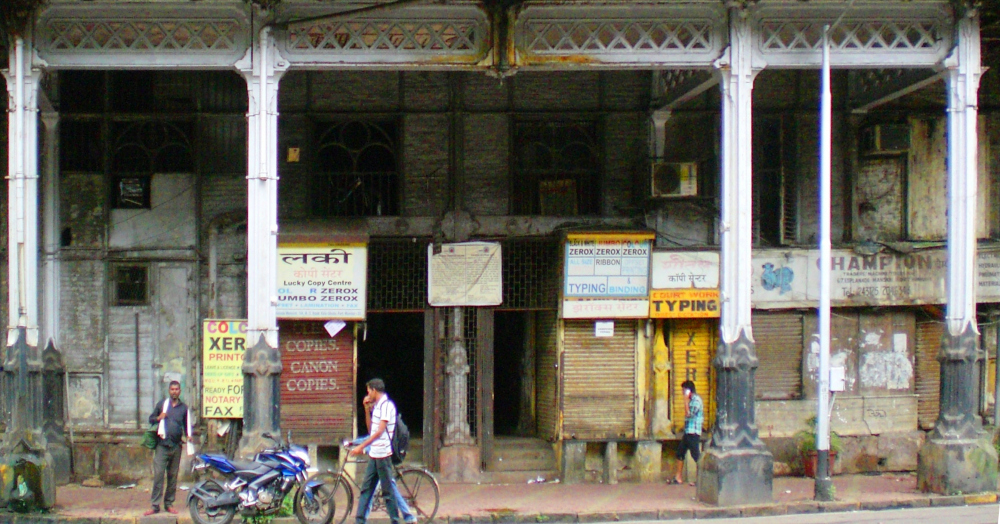
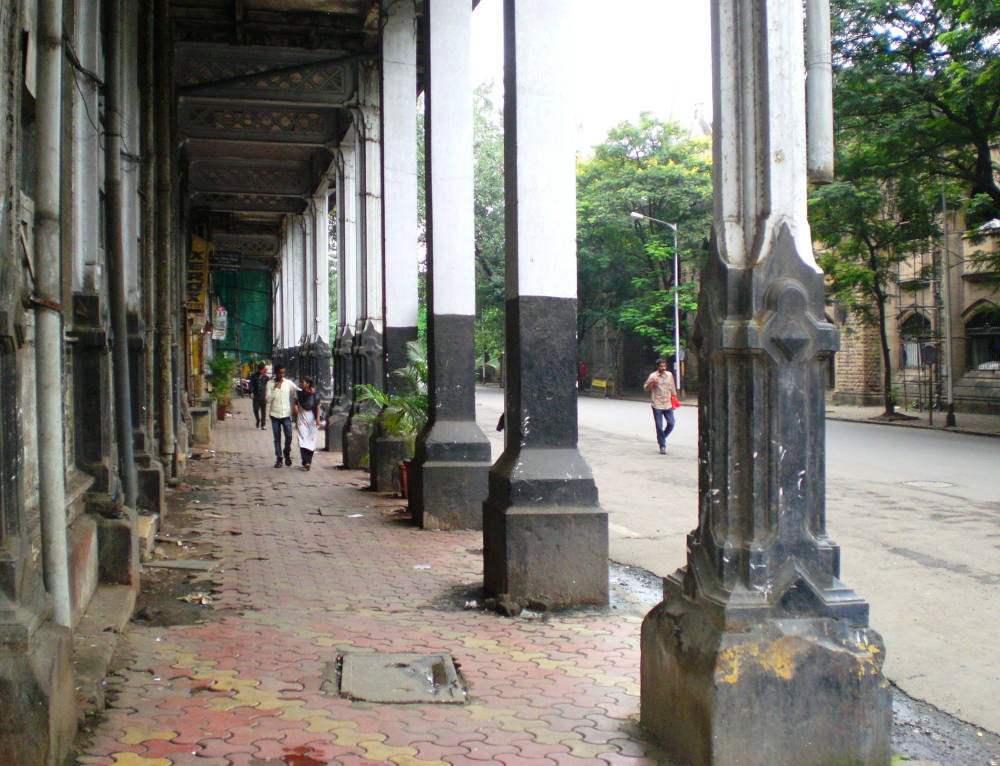
Left: Detail showing the iron frame of the hotel. Right: The arcade shows clearly the iron construction. [Click on images to enlarge them.]
In 1867 a traveller on a morning walk observed “something like a huge birdcage had risen like an exhalation from the earth”. He was witnessing the construction of the same building known variously as Esplanade Hotel and more usually just as Watsons’s.
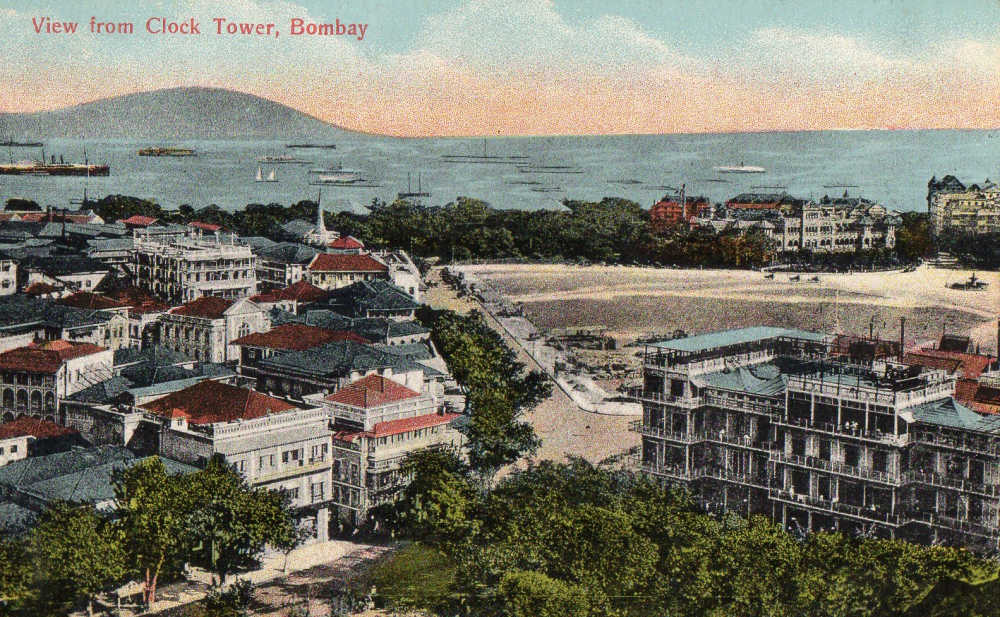
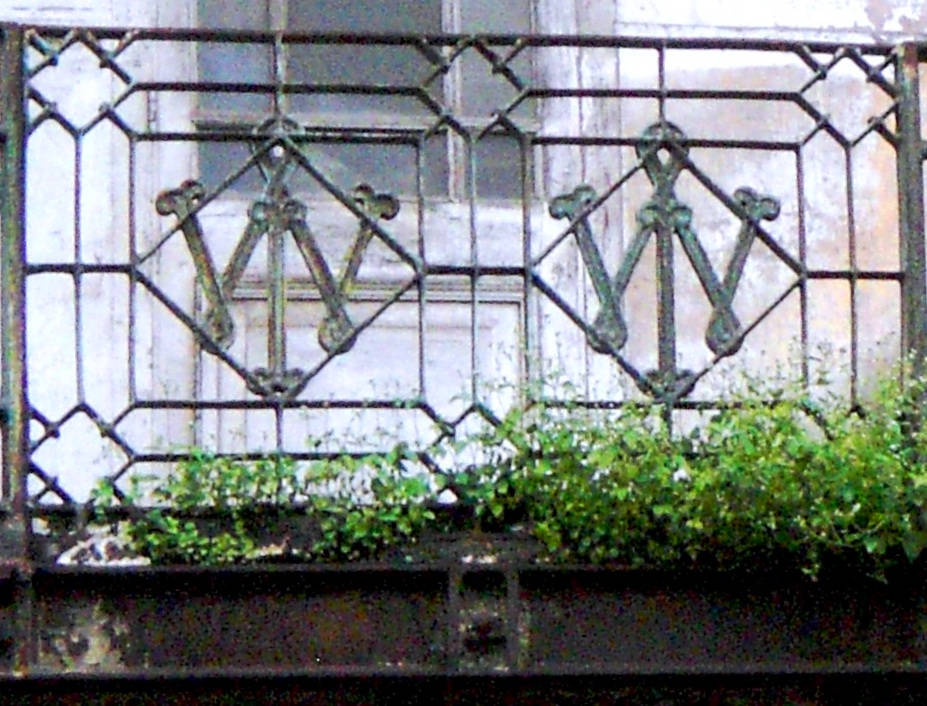
Left: Watson's Hotel in the right foreground. Right: Watson's logo survives on a balcony. [Click on images to enlarge them.]
In “Bombay, the Cities within” the authors Sharada Dwivedi and Rahul Mehotra explain that “an enterprising Englishman John Watson gave the city its first large and well run hotel... At the government auction held in 1864 Watson successfully bid on a plot on the Esplanade... All the building materials for the handsome five storied cast iron frame structure were imported from England. The red stone plinth and the bases of the columns came directly from the town of Penrith in Cumberland, the county from which Watson hailed... A distinctive spatial feature of the building was an internal atrium around which were housed functions such as dining and shop”. Another was the arcade at street level.
A researcher in Watson’s native Cumbria provides more detail. “The hotel was built between 1867 and 1869. Its final design was by the civil engineer Rowland Mason Ordish, who was also connected to the design of the roof of St Pancras Station in London... as well as the Crystal Palace in London. Ordish was based in Derby and worked alongside the Phoenix Foundry.
Watson’s “boasted a sumptuous, top lit ground floor restaurant with attached billiard room, a first floor dining saloon (with another attached billiards room), and three upper storeys given over to 131 bedrooms and apartments, the uppermost of which were reserved for “bachelors and quasi single gentlemen”. With over 120 baths fitted, it outdid European levels of luxury. It was thoroughly ventilated throughout with a punkah wallah [a man-operating a fan] serving every room and it commanded breathtaking views across the harbours, bays and distant hills – and it boasted India’s first steam powered lift.”
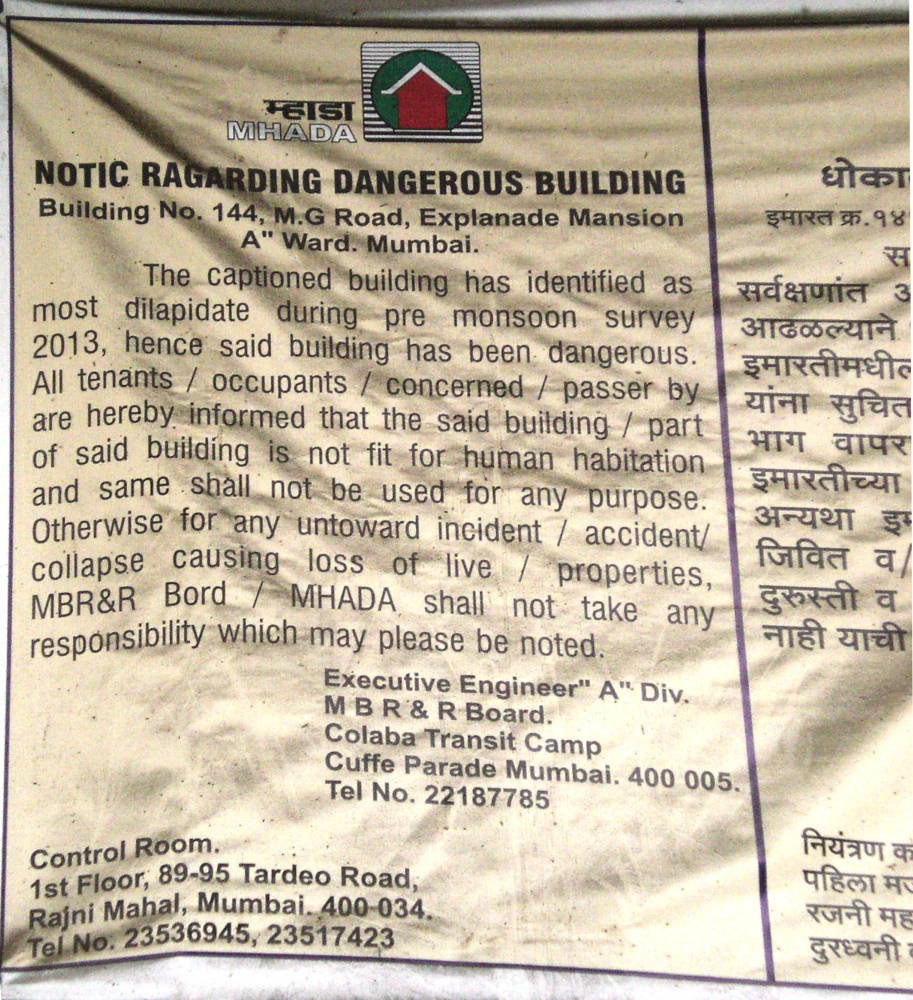
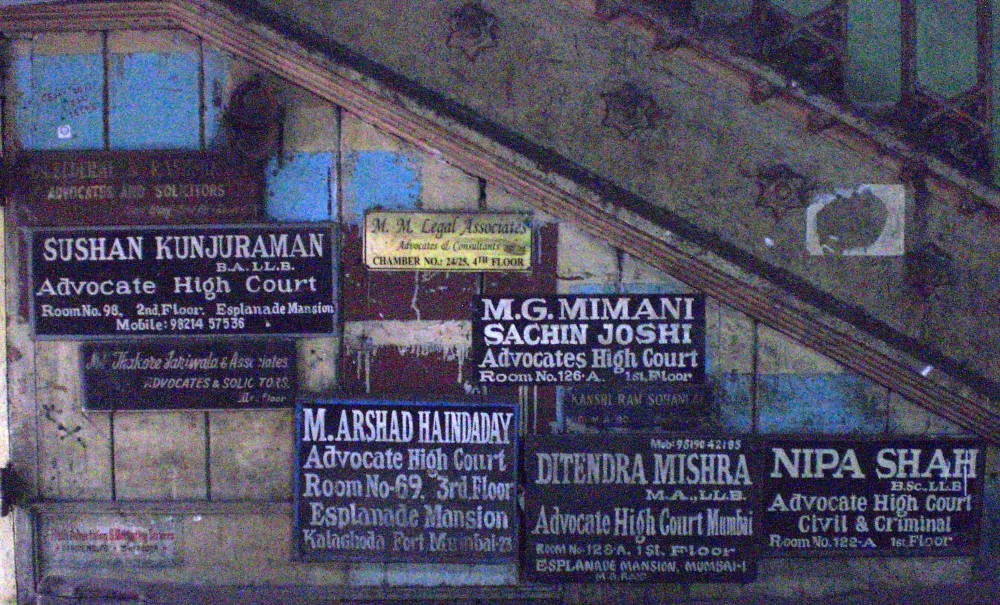
Left: Esplanade Mansions warning notice.. Right: Lawyers offices in Esplanande Mansions. [Click on images to enlarge them.]
Watson’s decline began in the first decade of the 20th Century. The Taj Hotel trumped Watson’s both for luxury and location. When the King and Queen visited Bombay in 1911 the Times of India complained that "Their majesties will have to pass what we can only suppose is an experiment in garishness, Watson's Hotel, and that building is a good illustration of the dangers to which a sensitive public is exposed." In 1960 the hotel closed and the building became Esplanade Mansions. In 2005 it was nominated by World Monuments Fund as a building of architectural and cultural importance. The Fund’s website reports that “after the hotel closed in the 1960s, a private owner subdivided the building into residences and commercial spaces. More recently, tenancy laws have made it difficult for the owner to collect rents sufficient to maintain the building. After years of neglect, inappropriate additions, and minimum repairs, the cast iron structure is now failing; a portion of the building collapsed shortly after Watch listing”.
Further reading
Dwivedi, Sharada with Mehotra, Rahul. Bombay. The Cities Within. Mumbai:India Book House, 1995.
Speight, Tom. Painting of Watson’s Esplanade Hotel. Castle Carrock website, 2013.
World Monuments Fund website.
Created 6 June 2015